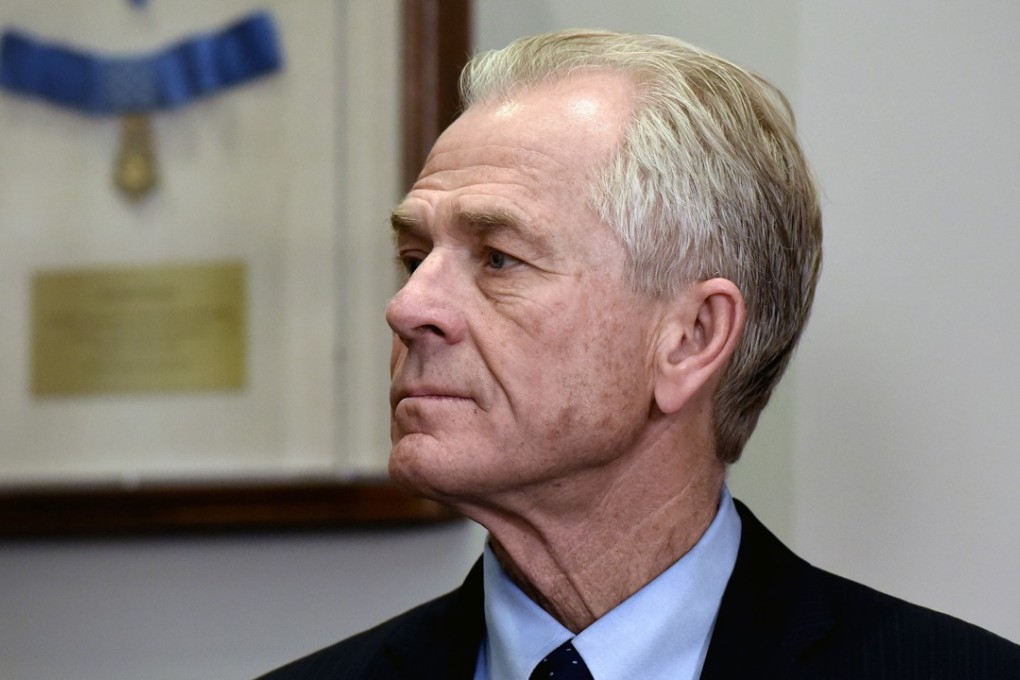China has ‘much more to lose’, says White House economic adviser Peter Navarro
With Wall Street sliding further into the red on Tuesday and Republican nerves on edge, senior White House economic aide Peter Navarro defended the trade dispute

China has more to lose than the United States in the two nations’ burgeoning trade dispute, but Washington remains open to dialogue with its largest trading partner, a senior White House adviser said on Tuesday.
With Wall Street sliding further into the red on Tuesday and nerves on edge among lawmakers in Trump’s Republican Party, senior White House economic aide Peter Navarro defended the new trade policy.
Yuan weakens despite efforts by China to stabilise exchange rate
“It’s clear that China does have much more to lose,” he told reporters, noting that China exported more than US$500 billion to the US last year, far more than the US$130 billion it imported from the United States.
Trade brinkmanship between Washington and Beijing continued on Monday when US President Donald Trump threatened to put fresh duties on Chinese imports. The possible new duties, which could cover the lion’s share of all of China’s exports to the United States, were a response to retaliatory Chinese levies on up to US$50 billion in US goods Beijing announced on Friday.
Navarro reiterated Washington’s accusations that China had used string of unfair practices – cyber-theft, state-sponsored corporate acquisitions, forced technology transfers and export restrictions – to target global dominance in advanced new industrial sectors.
“It is important to note here that the actions President Trump has taken are purely defensive in nature,” Navarro said. “They are designed to defend the crown jewels of American technology from China’s aggressive behaviour.”